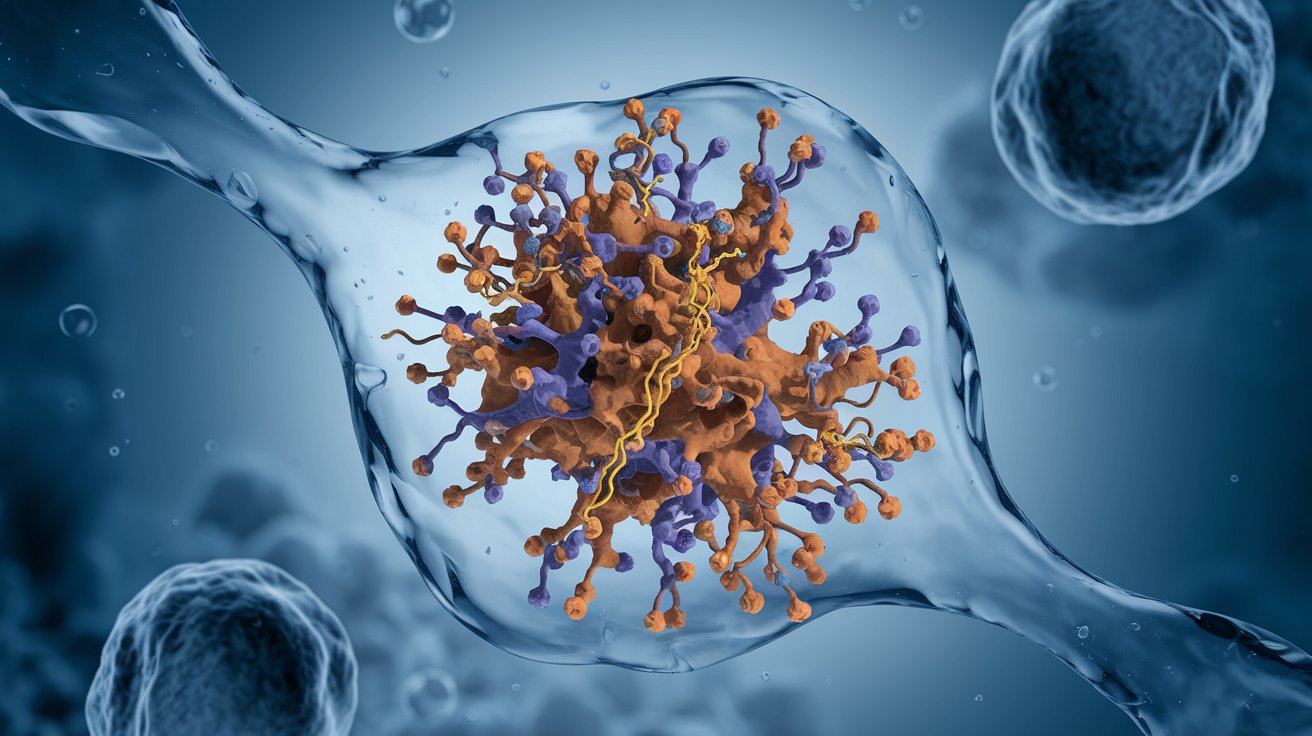
Dihydropteridine Reductase Deficiency is a rare genetic disorder that affects the body's ability to process certain amino acids. This condition can lead to severe neurological issues if not treated early. Symptoms often appear in infancy and can include developmental delays, seizures, and movement disorders. Early diagnosis and treatment are crucial for managing the condition. Treatment typically involves a combination of dietary changes and medications to help manage symptoms and improve quality of life. Understanding the genetics behind this deficiency can help families and healthcare providers better navigate the challenges it presents. Let's dive into 30 essential facts about this rare but impactful condition.
Key Takeaways:
- Dihydropteridine Reductase Deficiency (DHPR) is a rare genetic disorder causing neurological issues. Early diagnosis, low-phenylalanine diet, and support are crucial for managing symptoms and improving quality of life.
- Genetic counseling, prenatal testing, and research advancements offer hope and support for families affected by DHPR deficiency. Collaboration and awareness are key in finding solutions and providing assistance.
What is Dihydropteridine Reductase Deficiency?
Dihydropteridine Reductase Deficiency (DHPR) is a rare genetic disorder affecting the body's ability to process certain amino acids. This condition can lead to severe neurological issues if not managed properly. Here are some key facts to help you understand this complex disorder.
-
DHPR deficiency is a type of hyperphenylalaninemia. This means it causes elevated levels of phenylalanine in the blood.
-
The disorder is inherited in an autosomal recessive manner. Both parents must carry a copy of the mutated gene for a child to be affected.
-
Mutations in the QDPR gene cause DHPR deficiency. This gene provides instructions for making the enzyme dihydropteridine reductase.
-
DHPR is crucial for recycling tetrahydrobiopterin (BH4). BH4 is a cofactor needed for the production of neurotransmitters like dopamine and serotonin.
-
Symptoms often appear in infancy. These can include developmental delays, seizures, and movement disorders.
Symptoms and Diagnosis
Understanding the symptoms and how DHPR deficiency is diagnosed can help in early detection and management.
-
Infants may exhibit poor muscle tone. This condition, known as hypotonia, can affect movement and posture.
-
Feeding difficulties are common. Infants may struggle to gain weight and grow at a normal rate.
-
Seizures are a frequent symptom. These can vary in severity and type, complicating diagnosis.
-
Developmental delays are often noticeable. Children may be slow to reach milestones like sitting, walking, and talking.
-
A blood test can diagnose DHPR deficiency. This test measures the levels of phenylalanine and other amino acids.
Treatment Options
While there is no cure for DHPR deficiency, various treatments can help manage the symptoms and improve quality of life.
-
A low-phenylalanine diet is essential. This helps to control the levels of phenylalanine in the blood.
-
BH4 supplements can be beneficial. These help to bypass the defective enzyme and support neurotransmitter production.
-
Neurotransmitter precursors may be prescribed. These include L-Dopa and 5-HTP to support dopamine and serotonin levels.
-
Regular monitoring is crucial. Frequent blood tests help to adjust dietary and medical treatments as needed.
-
Physical therapy can aid development. This helps improve muscle tone and coordination.
Genetic Counseling and Family Planning
For families affected by DHPR deficiency, genetic counseling can provide valuable information and support.
-
Genetic counseling helps understand risks. Counselors can explain the likelihood of passing the condition to future children.
-
Carrier testing is available. This can identify if parents are carriers of the mutated gene.
-
Prenatal testing can detect DHPR deficiency. This includes procedures like amniocentesis and chorionic villus sampling.
-
Preimplantation genetic diagnosis (PGD) is an option. This technique screens embryos for the disorder before implantation during IVF.
-
Support groups offer emotional support. Connecting with other families can provide comfort and practical advice.
Research and Future Directions
Ongoing research aims to improve the understanding and treatment of DHPR deficiency.
-
Gene therapy is being explored. This approach aims to correct the underlying genetic mutation.
-
Newborn screening programs are expanding. Early detection can lead to prompt treatment and better outcomes.
-
Clinical trials are ongoing. These studies test new treatments and interventions for DHPR deficiency.
-
Animal models are used in research. These help scientists study the disorder and potential therapies.
-
International collaborations are increasing. Researchers worldwide are working together to find solutions.
Living with DHPR Deficiency
Managing DHPR deficiency requires a comprehensive approach involving medical care, lifestyle adjustments, and support.
-
Regular follow-ups with specialists are necessary. This includes neurologists, dietitians, and geneticists.
-
Educational support is important. Children may need special education services to reach their full potential.
-
Mental health support can be beneficial. Counseling and therapy help families cope with the emotional challenges.
-
Community resources can provide assistance. Organizations offer information, financial aid, and advocacy.
-
Awareness and advocacy are growing. Increased awareness can lead to better resources and support for affected families.
Final Thoughts on Dihydropteridine Reductase Deficiency
Understanding Dihydropteridine Reductase Deficiency is crucial for anyone dealing with this rare condition. This genetic disorder affects the body's ability to process certain amino acids, leading to serious health issues if not managed properly. Early diagnosis and treatment can make a significant difference in the quality of life for those affected. Regular monitoring, a specialized diet, and medication can help manage symptoms and prevent complications.
Raising awareness about this condition can lead to better support and resources for patients and their families. If you or someone you know is dealing with Dihydropteridine Reductase Deficiency, consult healthcare professionals for the best course of action. Stay informed, stay proactive, and remember that early intervention is key.
Frequently Asked Questions
Was this page helpful?
Our commitment to delivering trustworthy and engaging content is at the heart of what we do. Each fact on our site is contributed by real users like you, bringing a wealth of diverse insights and information. To ensure the highest standards of accuracy and reliability, our dedicated editors meticulously review each submission. This process guarantees that the facts we share are not only fascinating but also credible. Trust in our commitment to quality and authenticity as you explore and learn with us.


